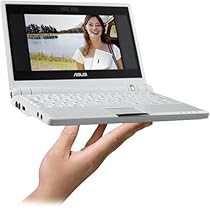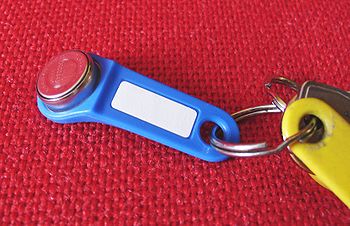Innovation ACT promotes the learning and understanding necessary for the development and commercialisation of a viable product. One area entrepreneurs can seek to commercialise are socially and environmentally sustainable business practices. An example of this are new methods, ideas and products which can reduce carbon emissions by the use of computers and telecommunications (ICT).
The generally accepted figure is that ICT contributes 2% of carbon emissions, but could achieve a 15% reduction in overall emissions by 2020. The ANU will be teaching Masters students how to do this from July 2009, in the course COMP7310: Green ICT Strategies. Students can do the course from anywhere in the world, via the web.
The Senate Standing Committee on Economics held a Carbon Pollution Reduction Scheme Inquiry . The Draft Carbon Pollution Reduction Scheme Bill aimed to reduce greenhouse gas emissions to between 5% and 15% below 2000 levels by 2020. However, IPCC scientists advised a 25% to 50% per cent reduction.
A reduction of 15% can be delivered just by the use of more effective use of computers and telecommunications (ICT). After representations to government, the Australian proposed target was changed to between 5% and 25%.
Green ICT (Green IT or Green Computing) is the study and practice of using computers and telecommunications in a way which maximises positive environmental benefit and minimise the negative impact.
The energy efficiency of operating equipment is a major concern of Green ICT. The embodied energy and lifecycle of the materials used in the design, manufacture and reuse and recycling of equipment and components are also concerns. Green ICT seeks to inform accepted management practises to achieve efficient and effective business interaction.
Note: Part 2 of the video of the presentation starts at the point.
Research sponsored by the ACS, and others, shows that about 1.5% to 2% of carbon emissions in developed countries are due to ICT. Unless measures, such as those covered in the Green ICT course are applied, this figure is likely to rise. However, even with extensive application of power saving techniques, ICT is unlikely to able to contribute more than a 1% reduction in overall emissions. The larger area for savings is through ICT being used to make other processes more efficient and less polluting.
Better ICT can reduce energy use, reducing greenhouse gas emissions and at the same time lowering costs. As an example, the Australian Government is planning to replace interstate travel for some meetings with high-definition video teleconferencing.
As well as reducing greenhouse gas emissions from air travel, the use of teleconferences will reduce the cost of airfares. This process of "dematerialisation".
The ACS is introducing the Mahara open source ePortfolio and social networking web application developed by the New Zealand government. It allows students to create a portfolio of their work to demonstrate they have met the learning objectives through the course or by recognition of prior learning.
The social networking features to allow users to interact with each other for tutorials and projects. In addition to using this to learn in the course, it will be a valuable skill to apply in the workplace. The students can learn how to use these techniques in a businesslike way, to achieve organizational goals.
Apart from increasing learning and business efficiency, ePortfolios and social networking can be sued to reduce greenhouse gas emissions. Workers will be able to identify human resources for their projects via ePortfolios and arrange the work using social networking. A current commercial example of this is LinkedIn.com. Organisations can use applications such as Mahara to create their own internal equivalent sites.
The Istanbul Public Transport System uses the Akbil with a 1-Wire (iButton) smart chip in a small metal can. This is attached to a key fob or credit card, and pressed on a reader at the turn-style to board the train, tram, bus or ferry. Such electronic ticketing systems encourage the use of public transport, reducing greenhouse gas emissions from private cars.
Online services such as Google's trip planner can be used to plot a route by public transport, in much the same way navigation devices in cars are now used. This can be used to replace private car use, as for example to get to this conference.
The ANU uses the Australian developed Moodle open source Learning Management System. This is used to provide forums for students to discuss what they are learning, not just receive content prepared by teachers. This also teaches students how to use the same online collaboration techniques in the workplace.
The techniques of using mentored collaborative online learning for computer professional education were developed for the ACS by David Lindley.


